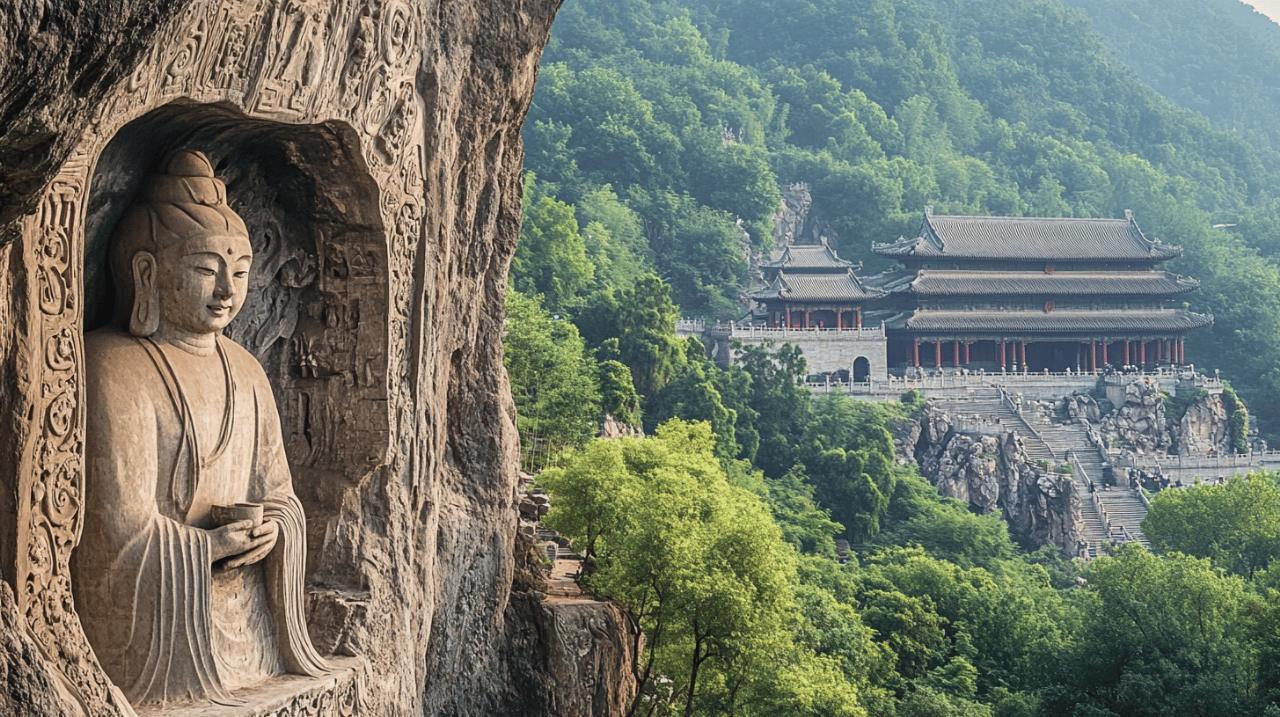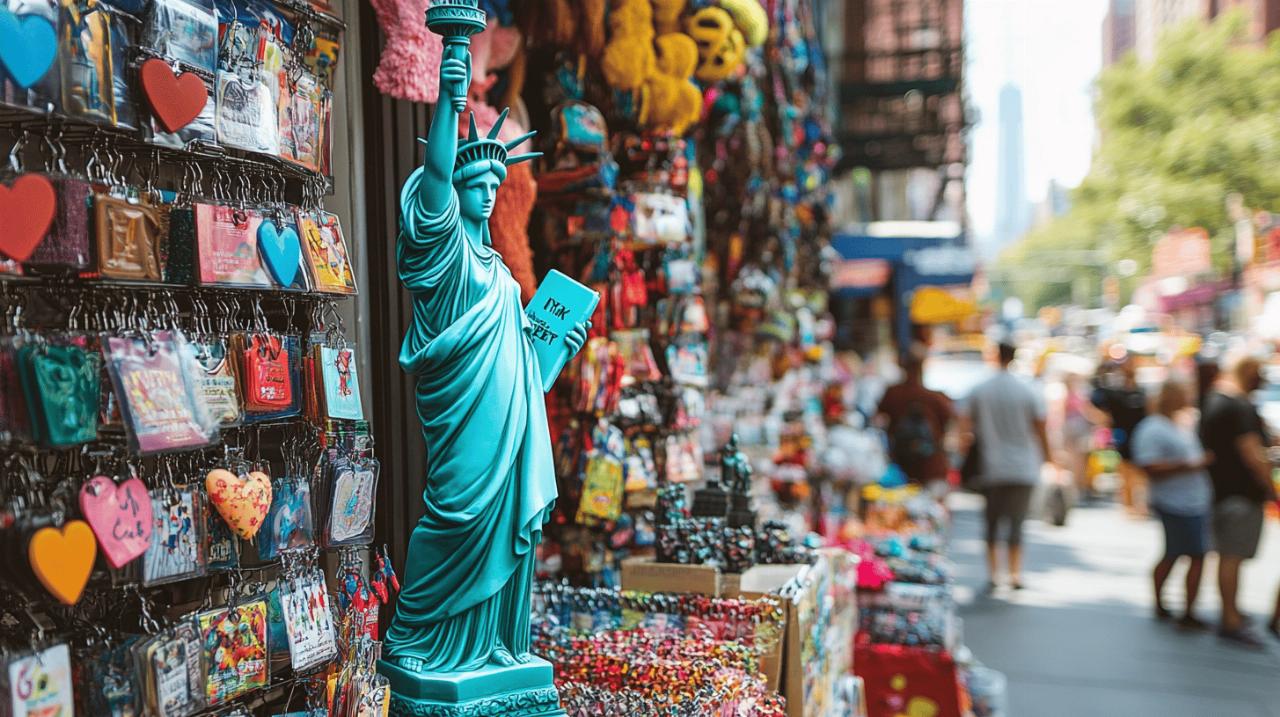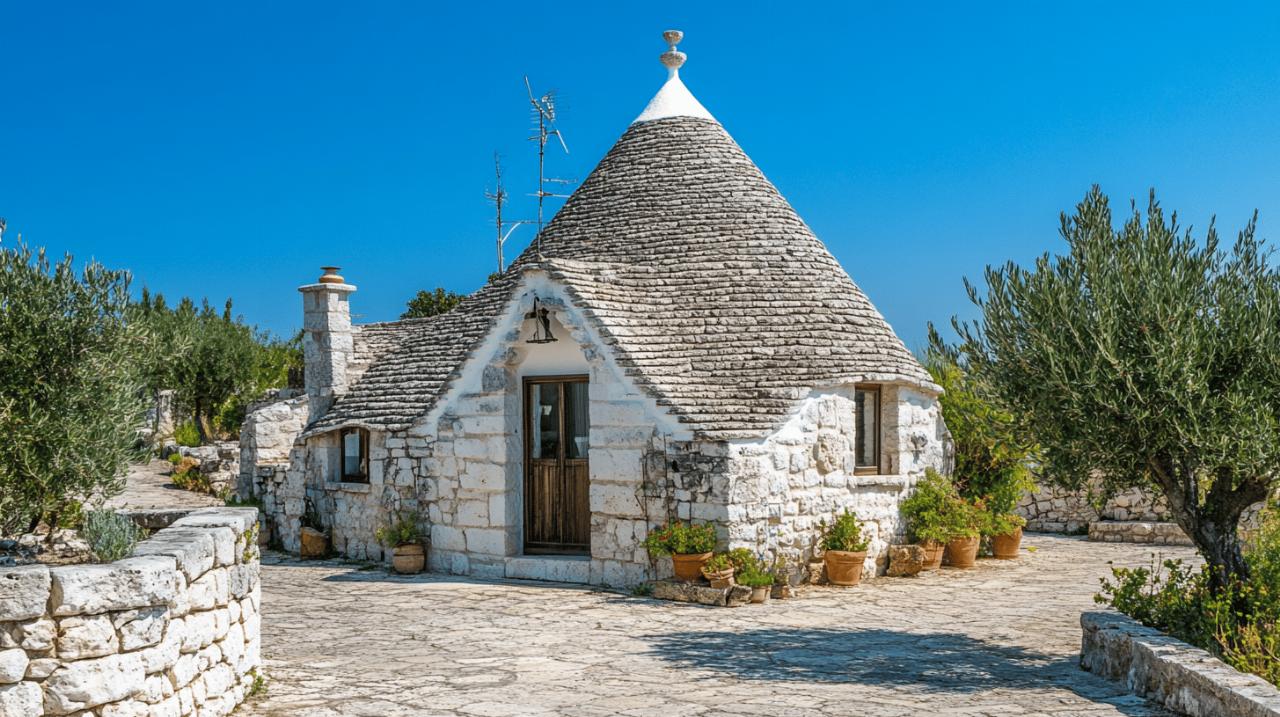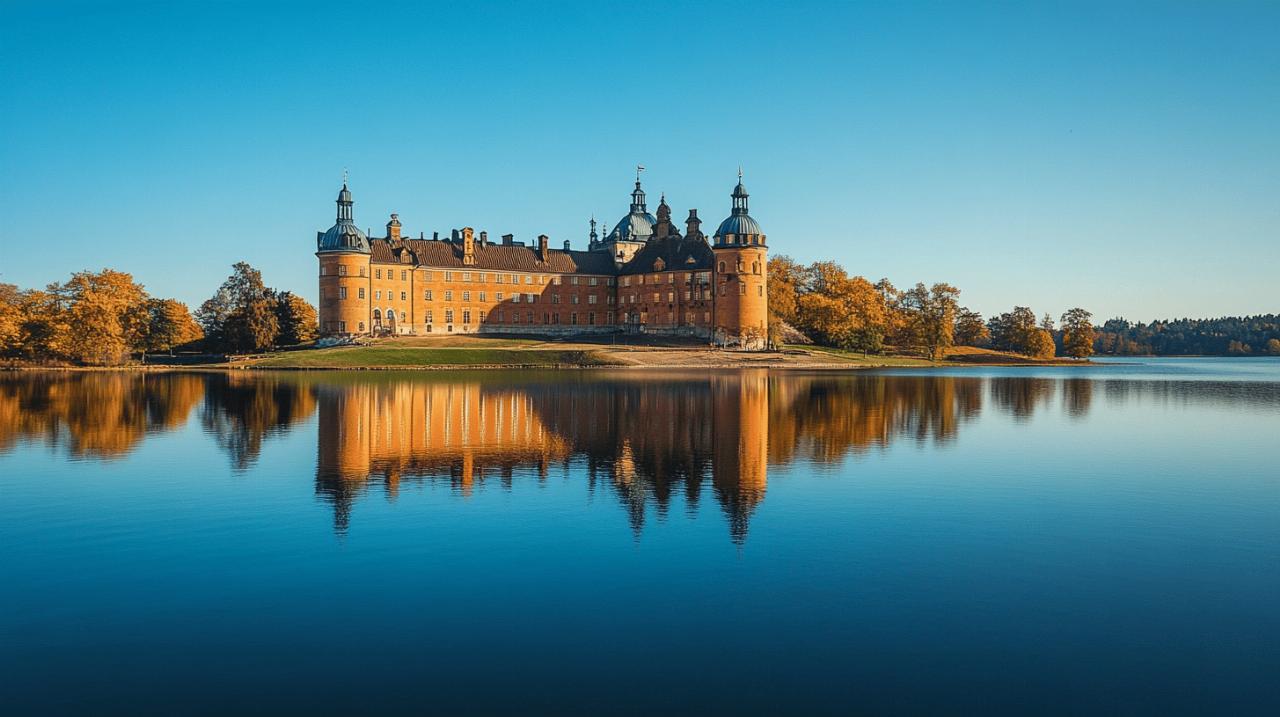Nestled in the heart of China's Henan Province, the city of Luoyang stands as a testament to centuries of spiritual devotion and martial prowess. Here, the ancient art of stone carving and the disciplined practice of kung fu converge, offering travellers a glimpse into a world where history, religion, and tradition remain vividly alive. Whether you find yourself drawn to the serene beauty of Buddhist carvings or the dynamic energy of monastic martial arts, this region promises an unforgettable journey through China's cultural heartland.
Discovering the Longmen Grottoes: Ancient Buddhist Artistry in Stone
A journey through centuries of carved heritage
The Longmen Grottoes represent one of the most remarkable achievements of Buddhist art in all of China. Carved into the limestone cliffs overlooking the Yi River, these grottoes began taking shape during the Northern Wei dynasty and continued to evolve over several centuries. What visitors encounter today is a sprawling collection of thousands upon thousands of statues, each one a testament to the devotion and skill of countless artisans who dedicated their lives to this monumental task.
Walking along the pathways that wind through the site, one cannot help but feel transported back through time. The statues range from towering figures that command attention from across the river to intricate miniature carvings that require close inspection to fully appreciate. Each cave and niche tells its own story, reflecting the artistic styles and religious sensibilities of different dynastic periods. The sheer scale of the endeavour becomes apparent as you realise that this UNESCO World Heritage site encompasses tens of thousands of individual works of art, all nestled within the natural contours of the cliffside.
The most impressive feature is perhaps the grand Vairocana Buddha, a massive sculpture that dominates the landscape with its serene expression and commanding presence. The craftsmanship extends beyond the main figures to include elaborate decorative elements, celestial beings, and inscriptions that offer insights into the religious and political climate of ancient China. For anyone interested in Buddhist history or simply appreciating magnificent artworks, the Longmen Grottoes offer an experience that few other sites can match.
Practical Tips for Visiting the Grottoes and Nearby White Horse Temple
Getting to the Longmen Grottoes requires some planning, but the journey is well worth the effort. Most travellers begin their adventure by arriving in Luoyang, a city well-connected by rail and air to major urban centres across China. From there, arranging private transport proves to be the most efficient option, allowing visitors to avoid the complexities of navigating unfamiliar public transport systems whilst maximising their time at the site itself.
Timing your visit can significantly enhance the experience. Arriving early in the morning not only helps you avoid the crowds that tend to gather later in the day but also provides the best lighting conditions for photography and contemplation. The morning sun illuminates the carvings beautifully, bringing out details that might otherwise be lost in shadow. Plan to spend at least half a day exploring the grottoes thoroughly, as rushing through such a significant site would be a disservice to both the artistry on display and your own travel experience.
After immersing yourself in the spiritual atmosphere of the Longmen Grottoes, consider extending your cultural exploration with a visit to the White Horse Temple. Recognised as one of China's oldest Buddhist temples, this sacred site offers a different but equally compelling perspective on the country's religious heritage. The temple complex features beautiful architecture, peaceful gardens, and an atmosphere of tranquillity that provides a perfect counterpoint to the grandeur of the grottoes. Many travellers find that combining these two destinations in a single day creates a comprehensive understanding of Buddhism's profound influence on Chinese culture.
The Shaolin Monastery: Birthplace of Kung Fu and Monastic Tradition
Witnessing the legendary martial arts demonstrations
No journey through this region would be complete without experiencing the legendary Shaolin Monastery, the spiritual home of kung fu and a living monument to centuries of monastic discipline. Located in Dengfeng, the monastery combines religious significance with martial arts heritage in a way that continues to captivate visitors from around the world. The very name Shaolin evokes images of warrior monks performing impossible feats of strength and agility, and remarkably, the reality lives up to the legend.
The highlight of any visit to the Shaolin Monastery is undoubtedly the kung fu demonstration performed by the resident monks. These displays of martial prowess showcase years of training and dedication, with performers demonstrating speed, precision, and control that seem almost superhuman. The demonstrations typically include a variety of traditional kung fu forms, weapon techniques, and even feats of endurance that leave audiences astounded. Watching these monks effortlessly execute complex movements serves as a powerful reminder of what the human body can achieve through persistent training and spiritual discipline.
Beyond the spectacle of the performances lies a deeper appreciation for the philosophical underpinnings of these martial arts. Kung fu at Shaolin is not merely about physical prowess but represents a comprehensive approach to self-cultivation that integrates body, mind, and spirit. The demonstrations often incorporate elements of Chan Buddhism, showing how martial practice and meditation intertwine within the monastery's traditions. For many visitors, this insight into the spiritual dimensions of kung fu proves to be the most memorable aspect of their time at Shaolin.
Arranging private lessons and immersive experiences
For those seeking a more hands-on experience, the opportunity to participate in kung fu classes adds an entirely new dimension to a Shaolin visit. Several programmes allow travellers to engage directly with the martial arts traditions, even if only for a brief session. These classes typically cater to all skill levels, from complete beginners to experienced martial artists looking to learn from masters of the tradition.
Taking a kung fu lesson at Shaolin offers far more than just learning a few moves. It provides insight into the discipline, focus, and mindfulness that underpin these ancient practices. Even a single session reveals how demanding the training can be, giving participants a profound respect for the monks who dedicate their entire lives to perfecting these arts. The instructors generally prove patient and encouraging, creating an environment where visitors can challenge themselves whilst also enjoying the experience.
Beyond martial arts instruction, the monastery complex itself deserves thorough exploration. The pagoda forest, a unique burial ground containing hundreds of stone pagodas commemorating past abbots, presents a striking landscape that blends natural beauty with historical significance. Walking through this forest of monuments provides moments of reflection and a tangible connection to the countless monks who have called Shaolin home over the centuries. The entire site radiates an atmosphere of devotion and tradition that makes it far more than just a tourist attraction.
Getting around luoyang: transport options and day trip planning
Navigating Between the Grottoes and Shaolin Monastery
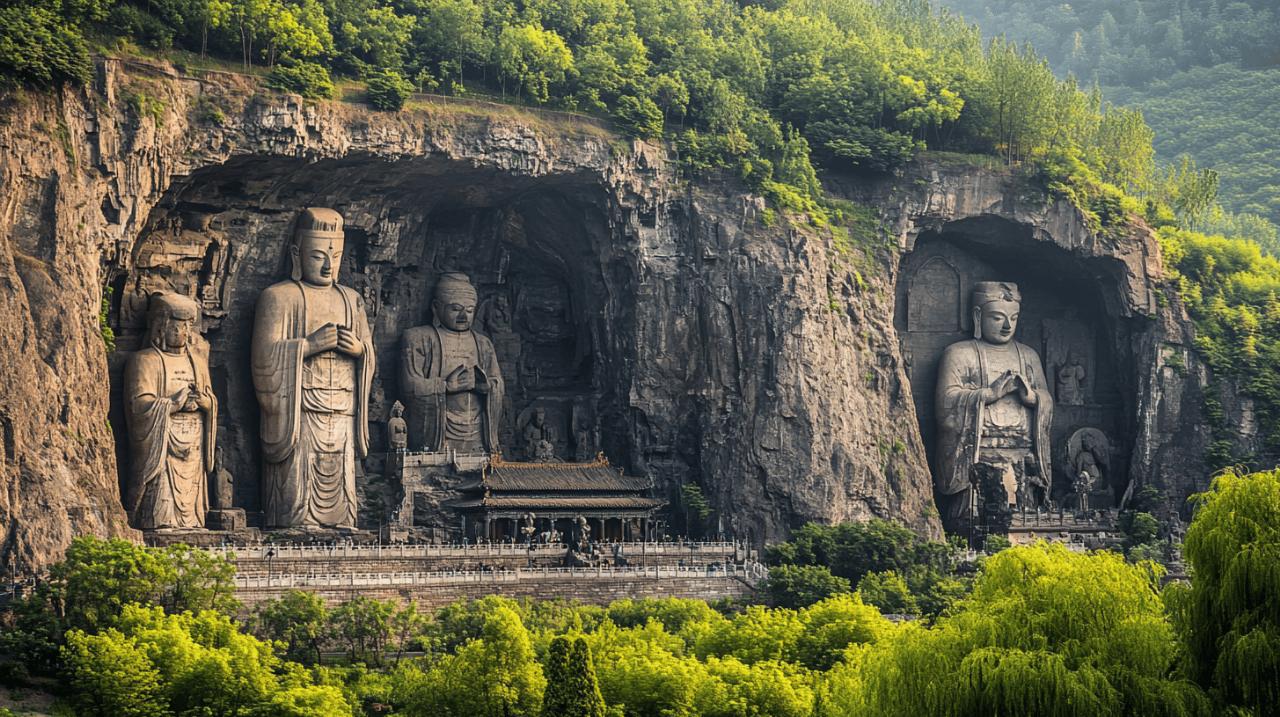 Understanding the geography of the region helps in planning an efficient and enjoyable itinerary. Luoyang serves as the natural base for exploring both the Longmen Grottoes and the Shaolin Monastery, though these sites lie in different directions from the city. The grottoes sit relatively close to Luoyang itself, making them accessible for a morning or afternoon excursion, whilst the monastery requires a longer journey to Dengfeng.
Understanding the geography of the region helps in planning an efficient and enjoyable itinerary. Luoyang serves as the natural base for exploring both the Longmen Grottoes and the Shaolin Monastery, though these sites lie in different directions from the city. The grottoes sit relatively close to Luoyang itself, making them accessible for a morning or afternoon excursion, whilst the monastery requires a longer journey to Dengfeng.
For travellers attempting to visit both destinations, proper planning becomes essential. Most visitors find that dedicating separate days to each location allows for a more relaxed and thorough exploration rather than rushing through both in a single exhausting day. However, for those with limited time, organised tours can facilitate visiting both sites efficiently, typically starting with an early morning departure to the Shaolin Monastery and returning via the Longmen Grottoes in the afternoon.
The journey to Shaolin takes approximately two hours from Luoyang, passing through landscapes that gradually transition from urban environments to more rural and mountainous terrain. This drive itself offers scenic views and a sense of travelling back in time, as the modern city gives way to villages and countryside that seem largely unchanged by contemporary development. Arriving at the monastery after this journey heightens the sense of having reached a place apart, where ancient traditions continue despite the rush of the modern world.
Choosing between public transport and private hire
When it comes to actually moving between these destinations, travellers face a choice between public transport and private hire options. Public buses do connect Luoyang with both the grottoes and the monastery, and these services represent the most economical choice for budget-conscious travellers. However, navigating these systems requires some familiarity with Chinese transport networks and potentially dealing with language barriers, crowded conditions, and fixed schedules that may not align perfectly with your preferred itinerary.
Private transport, whilst more expensive, offers considerable advantages in terms of convenience, flexibility, and comfort. Having a dedicated vehicle with a driver eliminates the stress of figuring out bus routes, dealing with luggage on public transport, or worrying about missing the last bus back to your accommodation. Many visitors find that the additional cost proves worthwhile, particularly when travelling as a couple or small group where the expense can be shared. Private transport also allows for spontaneous stops at other points of interest along the route and provides the flexibility to adjust your schedule based on how long you wish to spend at each location.
For those arranging their own transport, several options exist including hiring a car with a driver through hotels, using ride-hailing apps that operate in the region, or booking through travel companies that specialise in these routes. Pre-booking generally provides peace of mind and often better rates than arranging transport on the spot. When discussing arrangements with drivers or tour operators, clarifying exactly what the price includes prevents misunderstandings and ensures a smooth experience.
Extending your journey: wutaishan, pingyao and beyond
Creating a Comprehensive Cultural Tour of the Region
Whilst Luoyang and its surrounding attractions certainly merit a visit in their own right, the broader region of Shanxi and Henan provinces contains numerous other destinations that complement this cultural journey beautifully. Extending your trip to include places like Wutaishan and Pingyao transforms a focused excursion into a comprehensive exploration of China's historical heartland.
Wutaishan, one of China's sacred Buddhist mountains, offers yet another perspective on the country's religious traditions. The mountain complex features dozens of temples and monasteries scattered across its peaks and valleys, creating opportunities for both spiritual contemplation and physical challenge through mountain hiking. The contrast between Wutaishan's mountainous setting and Luoyang's more accessible sites adds variety to your itinerary whilst deepening your understanding of how Buddhism adapted to different landscapes and communities.
Pingyao presents something altogether different but equally fascinating. This remarkably well-preserved ancient city provides a window into China's commercial and civic life during the Ming and Qing dynasties. Walking through Pingyao's streets, with their traditional architecture largely intact, feels like stepping into a historical drama. The city's banking museums, merchant houses, and city walls tell stories of economic development and daily life that complement the religious and martial themes encountered at the Longmen Grottoes and Shaolin Monastery.
Accommodation and Budget Considerations for Your Trip
Planning an extended tour naturally raises questions about accommodation and budget. Luoyang itself offers a range of lodging options to suit different preferences and budgets, from international hotel chains to local guesthouses with more character and charm. Reading reviews from previous guests proves invaluable in selecting accommodation that meets your needs, particularly regarding factors like English-speaking staff, proximity to transport links, and the quality of facilities.
Budget considerations vary considerably depending on your travel style. Organised tours that include transport, guides, entry fees, and sometimes meals provide predictability and convenience, with packages available starting from around two hundred pounds per person for multi-day experiences. These typically cover essentials like travel insurance, bottled water, and Wi-Fi access, though personal expenses, optional activities, and tips remain the traveller's responsibility. Such packages prove particularly valuable for those uncomfortable navigating China independently or wanting to maximise their time without worrying about logistics.
For independent travellers, costs can be reduced by using public transport, eating at local restaurants, and arranging your own itinerary, though this approach demands more time and effort in planning and execution. Entry fees to major attractions like the Longmen Grottoes and Shaolin Monastery represent a significant portion of any budget, but these costs support the preservation and maintenance of these invaluable cultural treasures. Additional experiences such as kung fu classes, sutra copying workshops, or pottery demonstrations carry extra charges but provide unique memories and deeper engagement with local traditions.
Payment flexibility has improved considerably in recent years, with many tour operators and services accepting various methods including cash, bank transfers, and digital payment platforms popular in China. Clarifying payment options and schedules before committing to any service prevents complications and ensures smooth transactions. Whatever your budget, the investment in experiencing these extraordinary sites delivers returns that extend far beyond the merely financial, offering insights and memories that enrich your understanding of China's magnificent cultural heritage.

